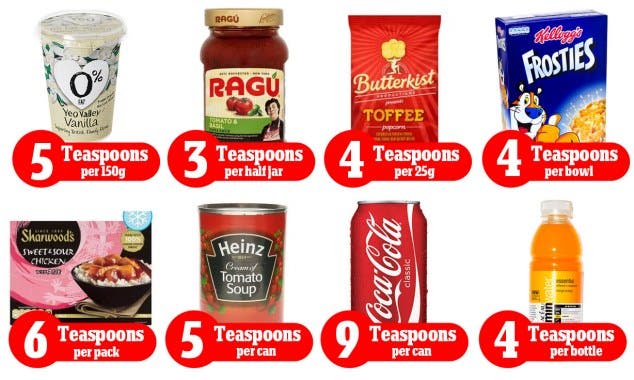Companies in the US might be mandated by the FDA to list the amount of added sugar in their products as a percent of the recommended daily calorie intake. Last year, the FDA proposed to include the amount of added sugars in grams on the Nutrition Facts label. Now, the same agency thinks it would be more informative to consumers if the label is displayed as a percentage to fit a context.
It makes sense actually. Is 40 grams of sugar a lot? How about 80? Most people don’t know. However, if a candy bar is listed as 49% of your daily intake you’ll be able to make a more informed choice.
Currently, the Nutritional Facts label lists how much saturated fat, dietary fiber and sodium is in any given food. Given the obesity pandemic the developed world is facing at the hand of sugar, this sort of initiative can only be saluted.
According to Susan Mayne, the FDA’s Director of the Center for Food Safety and Applied Nutrition, it is difficult to meet nutrient needs while staying within calorie requirements if you consume more than 10 percent of your total daily calories from added sugar.
The Daily Value, which is used to calculate the percent Daily Value that consumers see on the Nutrition Facts label, would be 50 grams of added sugars for adults and children 4 years of age and older and 25 grams for children 1 through 3 years. If the FDA proposal goes along, this information should be labeled as a percentage of this recommended daily value. For instance, a 20-ounce sugared beverage that contains about 66 grams of added sugar would be listed on the label as 132 percent of the Daily Value.
While I welcome the proposal, I’m still skeptical that it will lead to significant improvements in dietary choices. Previously, ZME Science reported the current leading nutritional facts labeling system in the US and Canada is extremely ineffective, leading to nutritional choice hardly indistinguishable from chance.









